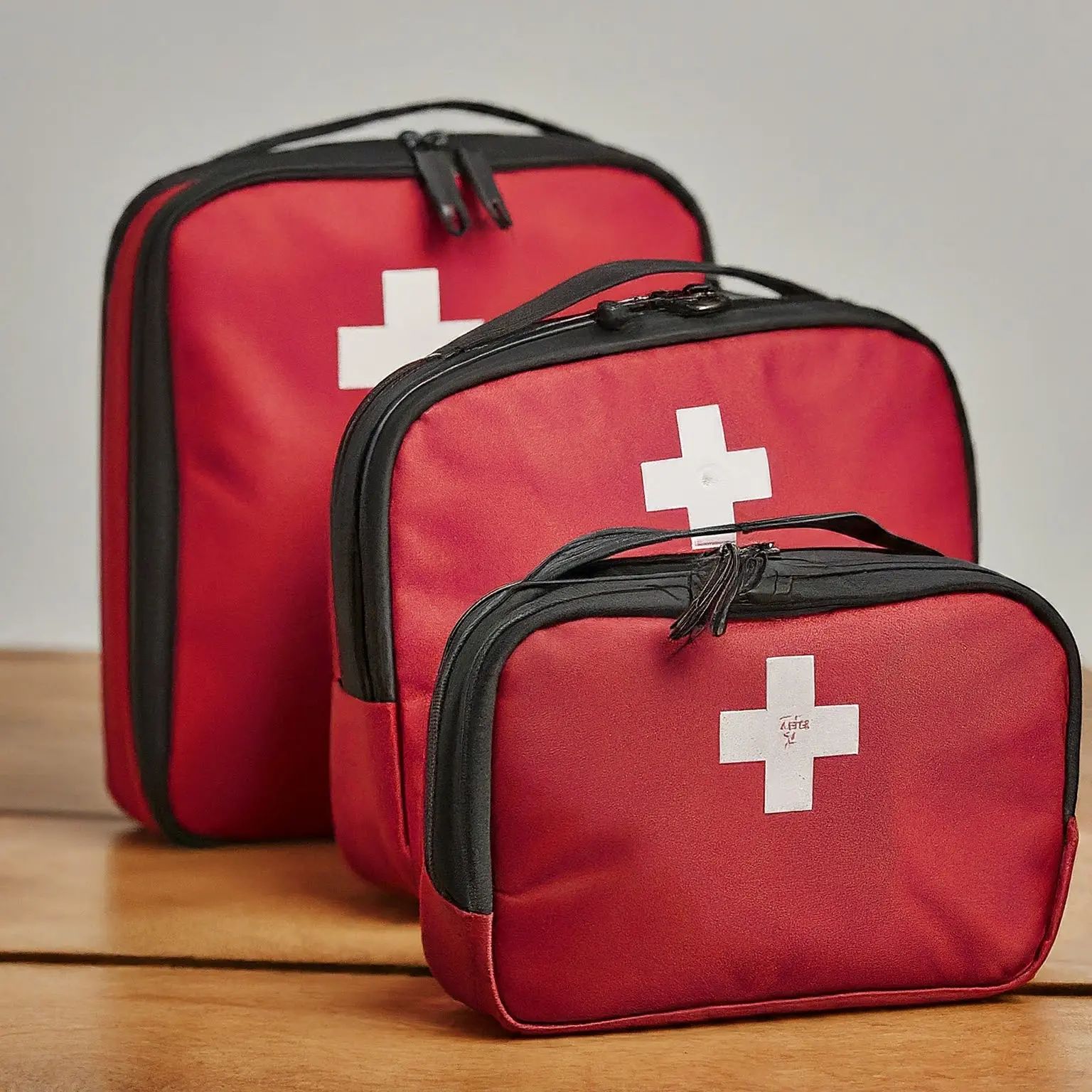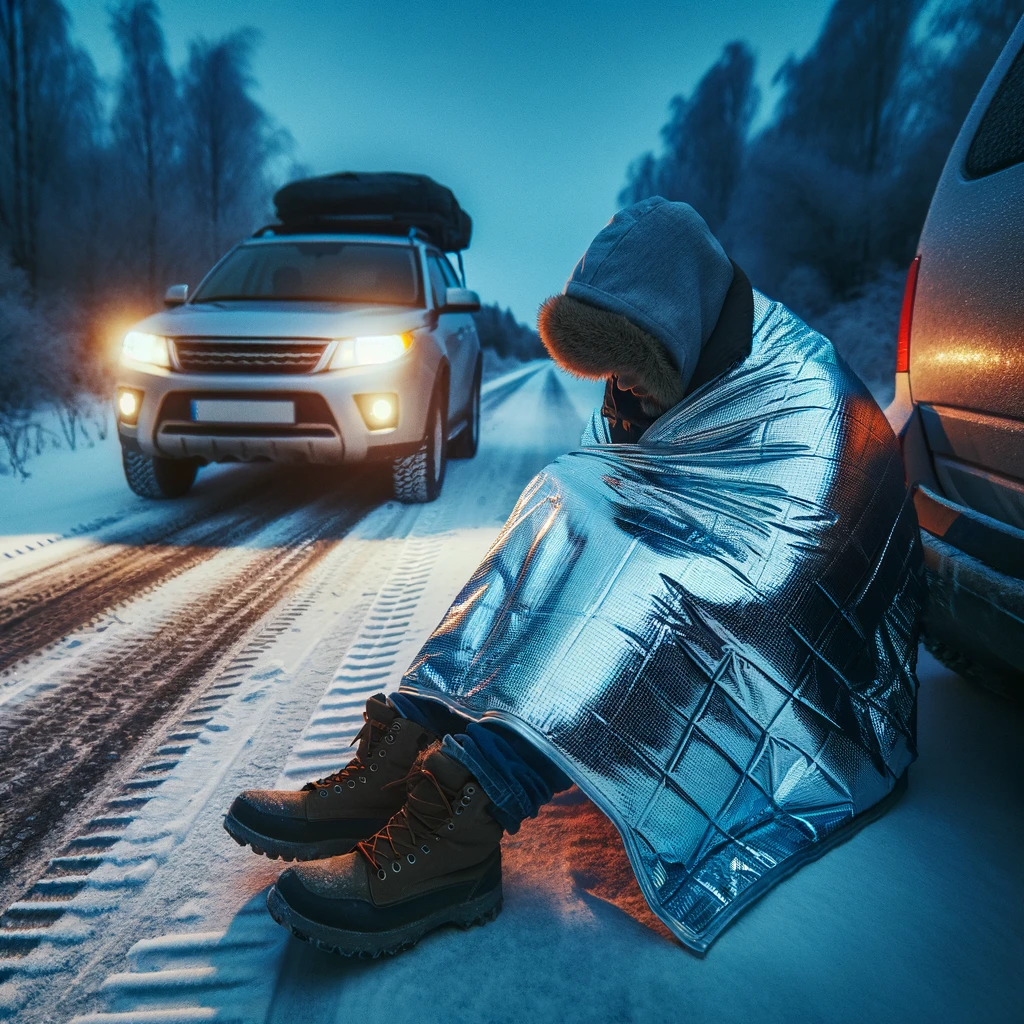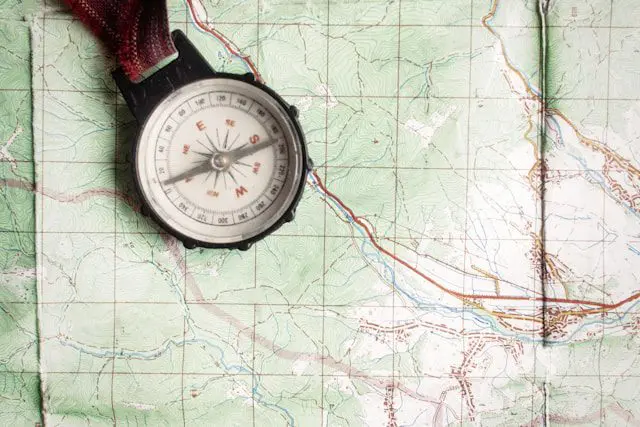In our fast-paced world, we often take smooth travels for granted. Yet, seasoned drivers know that road emergencies can happen to anyone, anywhere. While you can purchase pre-assembled emergency kits, creating your own DIY car emergency kit offers unparalleled customization and reliability. This guide will walk you through the process of assembling a top-notch kit tailored to your specific needs, ensuring you’re prepared for whatever challenges the road may present.
Why You Need a DIY Car Emergency Kit
A homemade car emergency kit is your first line of defense against roadside troubles. It empowers you to handle minor emergencies, stay safe during breakdowns, and potentially help others in need. By creating your own kit, you can tailor it to your vehicle, travel habits, and local climate, making it more effective than one-size-fits-all store-bought options.
10 Essential Items for Your DIY Car Emergency Kit
1. First Aid Kit
A well-stocked first aid kit for survival is your first line of defense in managing minor injuries on the road. Include:
- Tweezers and scissors
- Adhesive bandages in various sizes
- Gauze pads and medical tape
- Antiseptic wipes and antibiotic ointment
- Pain relievers and any personal medications

2. Flashlight and Extra Batteries
Choose a durable LED flashlight. Headlamps are great for freeing up your hands for other tasks. For a homemade touch, create a backup light source by placing a small candle in a metal tin with matches in a waterproof container.
The Fenix HM50R V2.0 Rechargeable Headlamp offers powerful illumination with long-lasting rechargeable batteries.
3. Satellite Communicator/Phone
For those rare times you don’t have cell phone signal, communication is a must. The Garmin inReach Mini 2 is a compact satellite communicator that allows you to send and receive text messages, track and share your journey, and trigger an SOS alert in emergencies. Cheaper than a satellite phone, this device offers peace of mind and safety for any adventure.
4. Jumper Cables
A dead battery can derail your travel plans quickly. Invest in a good set of jumper cables. Learn how to use them safely and include a laminated instruction card in your kit. Even better, consider investing in a portable jump starter.
We have used the NOCO Boost Plus Jump Starter and recommend it highly. It gets up to 20 jump starts in a single charge.
5. Portable Tire Inflator and Sealant
Flat tires happen, but having a portable tire inflator, a tire pressure gauge, and a can of tire sealant can provide a quick fix until you can reach a professional repair service. Add a small piece of plywood to place under the jack on soft surfaces.
We went with the Bullseye Air Inflator and it has worked great.
6. Multi-tool
A sturdy multi-tool can serve numerous purposes, from fixing loose screws on your vehicle to adjusting camping gear. Select a model from trusted brands like Leatherman or Victorinox, which include pliers, screwdrivers, and a knife blade for maximum versatility. Alternatively, assemble a small toolkit with basic screwdrivers, pliers, and a utility knife.
The Leatherman Wave Plus Multi-Tool features 18 tools in one, including pliers, replaceable wire cutters, wire stripper, knives, saw, spring-action scissors, ruler, can and bottle openers, files, and screwdrivers. It’s a compact and indispensable aid for repairs, food prep, and emergency needs.
7. Emergency Blanket
Compact and highly effective, emergency blankets can retain up to 90% of your body heat. Whether you face a chilly night due to a breakdown or need a makeshift shelter, these blankets are invaluable. Brands like SOL or Mylar offer options that are not only effective but also compact, making them easy to pack.
While mylar blankets are compact and effective, you can also include a warm blanket from home. In a pinch, large garbage bags can serve as makeshift rain ponchos or ground covers.

8. Water and Non-perishable Snacks
Pack bottled water and rotate it regularly. Hydration and energy are crucial, especially if you have to wait for help. Keep several gallons of water and plant-based snacks like nuts, energy bars, and dried fruits that can sustain you and your loved ones in case of emergency. Consider adding water purification tablets for extended emergencies.
9. Extra Clothes and Rain Gear
Weather can change unexpectedly, and having extra clothing, especially rain gear, can keep you dry and warm. This is essential not only for comfort but for avoiding hypothermia in colder climates. Pack season-appropriate extras like warm socks, a hat, and gloves. A large trash bag can double as an emergency rain poncho.
10. Paper Maps and Compass

While digital navigation systems are invaluable, they can fail or lose signal. Include detailed maps of your local area and any regions you frequently travel. A basic compass is essential for navigation when digital methods fail. The Bureau of Land Management offers a free map navigation course.
Choosing the Right Container for Your Kit
Start with a durable, water-resistant container that fits comfortably in your vehicle. A plastic storage bin with a secure lid works well. Ensure it’s large enough to hold all necessary items but small enough to fit in your trunk or under a seat.
How to Maintain and Update Your Kit
Set a reminder to check your kit every six months. Replace expired items, update seasonal gear, and ensure all components are in good working order. Involve family members in this process to ensure everyone knows how to use the kit.
Seasonal Adjustments to Your DIY Car Emergency Kit
Adapt your kit for different seasons. In winter, add an ice scraper, hand warmers, and a small shovel. For summer, include extra water and sun protection.
Conclusion
Assembling a DIY car emergency kit is an investment in your safety and peace of mind. By following this guide, you’ll be well-prepared for common roadside emergencies. Remember, the best kit is one that’s personalized to your needs and regularly maintained.
Start building your homemade car emergency kit today. Gather the items you already have and make a plan to acquire the rest. Your future self will thank you for being prepared!
We’d love to hear about your DIY car emergency kit ideas! Share your tips, tricks, and must-have items in the comments below. Your insights could help fellow readers enhance their own kits.


Leave a Reply